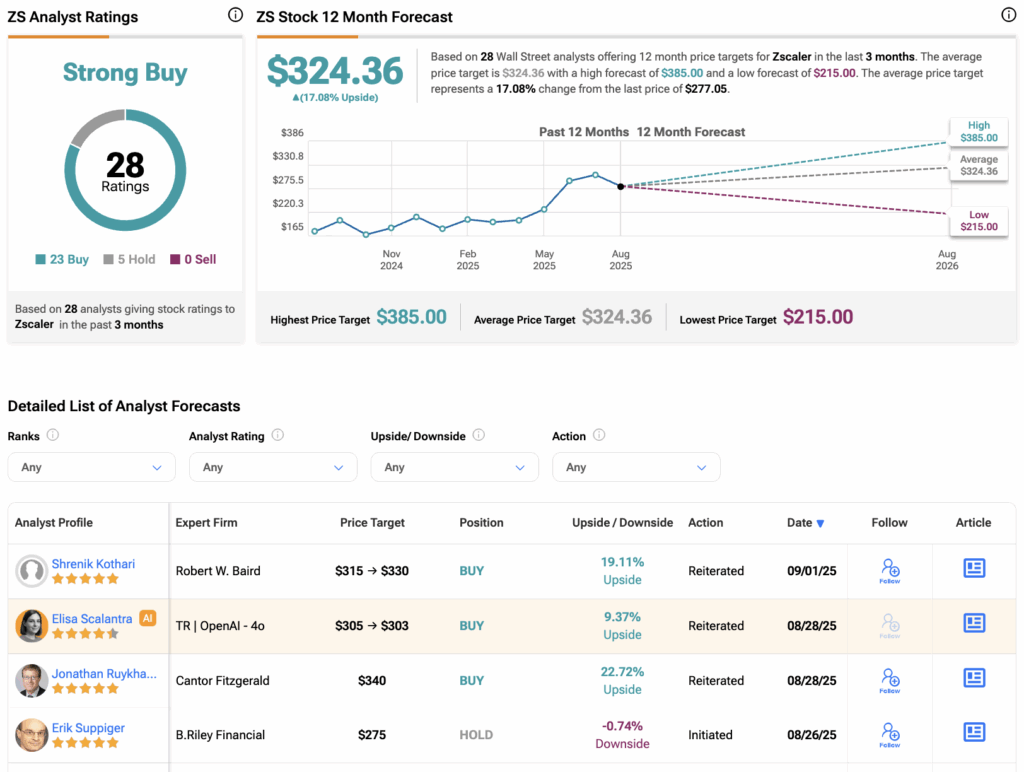Cybersecurity
Global Tech Integration Invites Cybersecurity Failure
China’s Control of Pentagon IT Systems Sparks Security Fiasco
What’s Happening?
US Senator Tom Cotton has urged the Pentagon to disclose details about Chinese engineers’ involvement with Microsoft systems used by military partners, igniting concerns over cybersecurity vulnerabilities. Critics warn that the dependency on foreign tech could jeopardize national security, sparking a debate on tech partnerships and defense.
Where Is It Happening?
The issue primarily focuses on Microsoft’s systems used by US military institutions and their partners in the United States.
When Did It Take Place?
Senator Cotton’s request was formally issued this week, following recent reports highlighting potential security risks.
How Is It Unfolding?
– Senator Tom Cotton demands answers on Chinese engineers’ access to Pentagon-linked systems.
– Reports indicate Microsoft contracts may involve foreign IT support without adequate scrutiny.
– Concerns arise over potential backdoor vulnerabilities in defense infrastructure.
– The Senate Intelligence Committee pushes for a thorough investigation into the matter.
Quick Breakdown
– Senator Tom Cotton raises alarms over Chinese engineers’ access to Microsoft military systems.
– Pentagon’s ability to safeguard classified data is questioned.
– The incident highlights risks tied to outsourcing tech support to foreign entities.
– Calls for stricter oversight on tech partnerships in defense.
Key Takeaways
The situation underscores the delicate balance between technological reliance and national security. With Chinese engineers potentially accessing systems used by the Pentagon, the US faces a significant cybersecurity challenge. The risk of data breaches or unauthorized access could undermine military operations, highlighting the need for stronger regulations and transparency in tech procurement. As global tech integration continues to grow, the incident serves as a wake-up call for governments to rethink their dependence on foreign tech support, especially in critical sectors like defense.
“While technological advancement is essential, blind trust in foreign entities can expose us to unforeseen threats. It’s time to prioritize security over convenience.”
– James Reeve, Cybersecurity Analyst
Final Thought
The Pentagon’s reliance on foreign tech support for critical systems raises urgent concerns. With national security on the line, immediate action is required to assess and fortify digital defenses. This incident should prompt a broader discussion on how governments navigate technology partnerships without compromising their sovereignty and security.
Source & Credit: https://www.newsmax.com/juliorivera/cve-microsoft-pentagon/2025/08/07/id/1221700/














